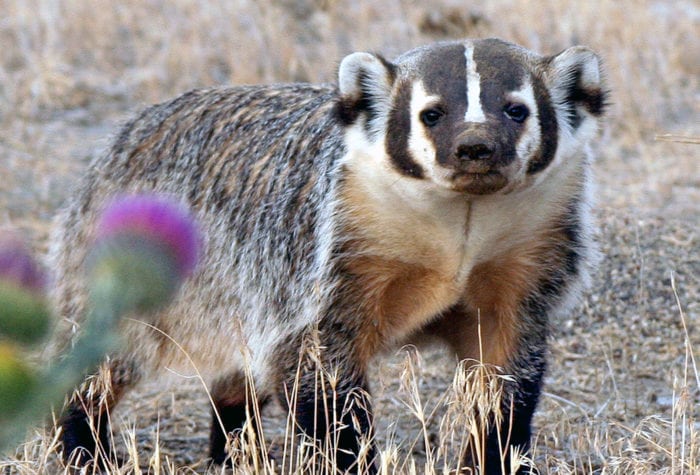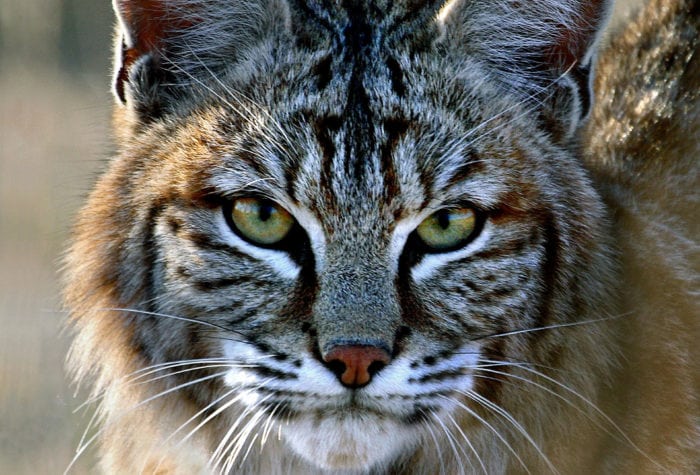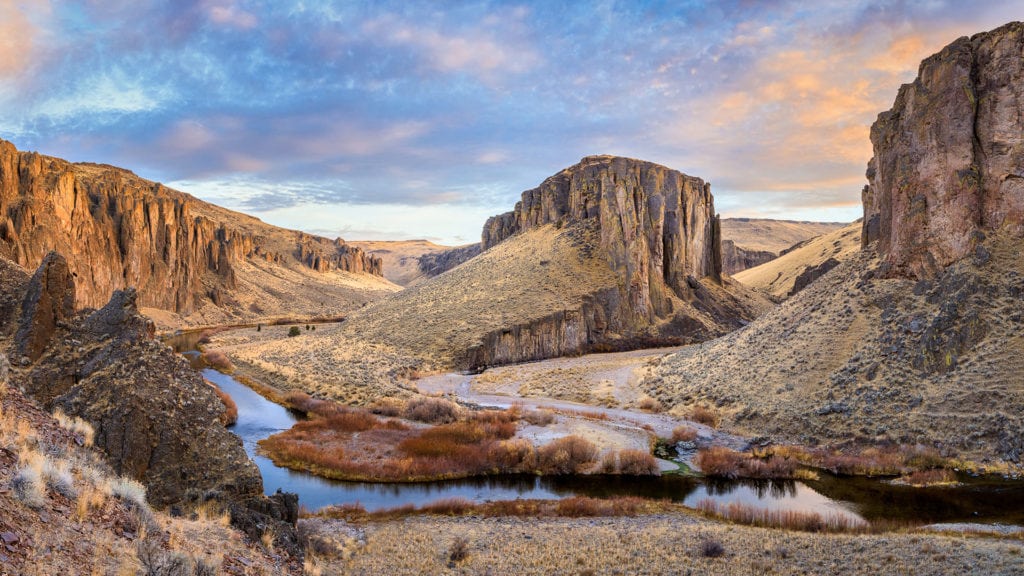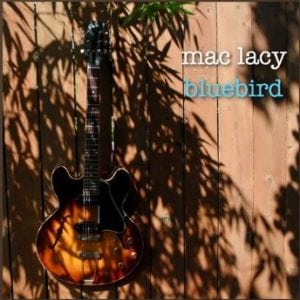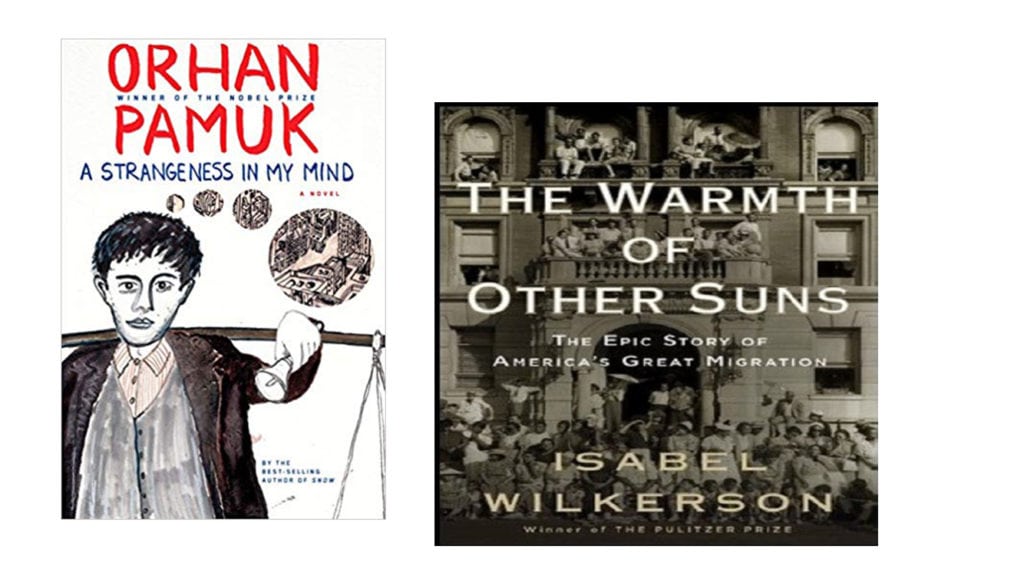Tell us how your master’s degree work studying ancient sand dunes in central Wisconsin paved the way for your career in conservation law.
My field area in Wisconsin happened to be the place Aldo Leopold wrote about in A Sand County Almanac. My research aimed to connect the Central Sands with similar wind-blown deposits in the upper Midwest where dunes have fluctuated between active and stabilized states as Earth’s climate changed over the course of the past fifteen-thousand years following the last ice age.
Certainly, the library research, field and lab work, and constant writing helped me along the path to practicing environmental law. Losing a complete first draft of my thesis into the cloud-less ether of pre-millennium computing taught me, if nothing else, a bit of perseverance and the utility of controlled breathing.
Two courses in particular at the University of Wisconsin really drew me into thinking more deeply about the relationship between people and the environment: Tom Vale’s course on how human activity shapes and changes patterns in vegetation and Bill Cronon’s ground-breaking course on American environmental history.
Any advice for students considering a career in conservation law?
Get involved by volunteering and working with conservation groups and environmental lawyers. This will help you understand what kind of work you like doing and also build your network of public interest conservation connections.
As an undergrad, I worked in the law department at H.J. Heinz Company’s world headquarters in Pittsburgh. I split my time between Heinz’s sleek corporate offices on the 60th floor of the Steel Building downtown and a small law library in the company’s historic main plant in a neighborhood across the Allegheny River from the city. It was interesting, but I concluded by the end of that summer that patent, trademark, and corporate law was not for me!
While at Lewis & Clark Law School, I volunteered with ONDA and then won a stipend to work as ONDA’s law clerk the following summer. My experience working for Stephanie Parent, who represented ONDA at the time and was my first and most influential attorney mentor, set me up to hit the ground running when ONDA hired me after I graduated.
Volunteering in your areas of interest can help you find your way when school ends and life begins.
Check back later for more Q&As with ONDA staff, members and partners.
